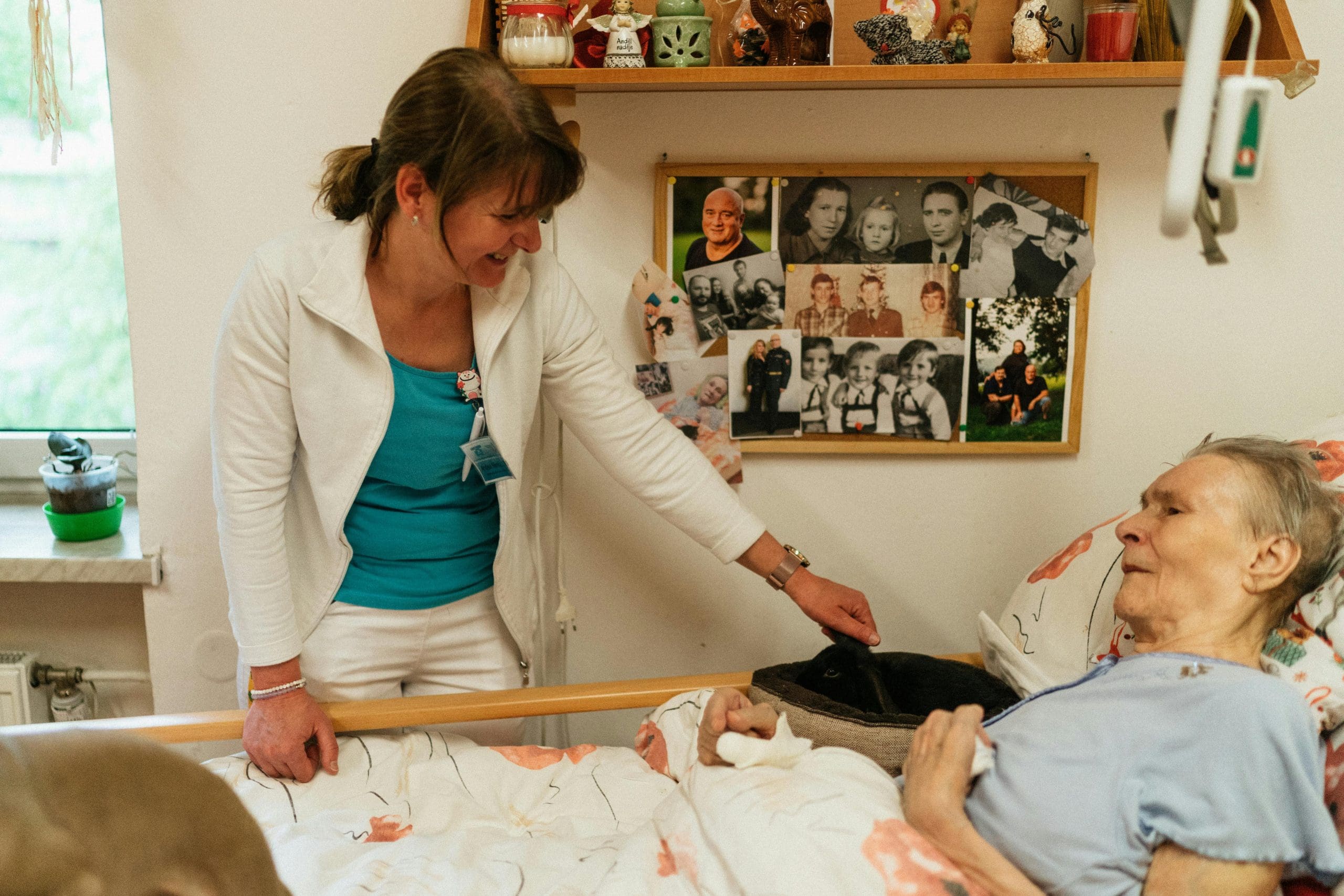Home health settings present a challenging health care environment for home healthcare workers who perform patient movement and handling activities, such as lifting, transferring, or repositioning patients. All these activities increase the risk of musculoskeletal injuries to home healthcare workers.
Studies have shown that home healthcare workers have higher musculoskeletal loads, more frequent stressful positions and postures, and higher rates of injuries than do other occupational groups, including manual laborers.
But musculoskeletal disorders can be prevented in the home setting. Sound ergonomic principles partnered with appropriate equipment for performing the tasks are necessary components in a prevention program. Ergonomics refers to matching the task to be performed with the human capabilities of the worker. In other words, no worker should be expected to lift weight that exceeds what a human is capable of safely lifting. In addition, the physical capabilities of the patient should be considered. The more a patient can assist in movement, the less exertion is required by the worker. Some measures that can be taken to reduce the injury risk to home healthcare workers include:
• Assessing tasks that are currently being provided for the patient
• Assessing whether patients can perform redesigned tasks without assistance
• Arranging furniture, if the patient agrees, to reduce obstacles in and around the work area, including the bed, a favorite chair, and routes used to travel to key areas of the house, including the bathroom or kitchen
• Securing or removing any throw rugs or cords creating a trip hazard.
Many devices are currently available to assist in patient handling and movement, particularly patient transfers. Not all devices are expensive or permanent, and some may be transported from one patient’s home to another patient’s home, if needed.
Basic assistive devices include: friction-reducing transfer sheets used to slide or reposition a patient in bed; a transfer/slide board used to transfer a patient between one level surface and another; a patient transfer sling that can move a patient while reducing the amount of bending and pulling required by the home healthcare worker; and, when a patient has adequate upper extremity strength, the use of a rope ladder fixed to the footboard of the bed. This is not an all inclusive list of existing devices.
When the patient’s capabilities are more limited, other assistive devices may be more useful. With an electric bed that can be easily raised and lowered, a home healthcare worker can raise the level of the patient to eliminate awkward positioning like prolonged bending. Inflatable bathtubs and sinks help the home healthcare worker by reducing the need to transfer the patient from one location to another.
In addition, lifts can be useful to vertically lift a patient, transfer a patient to or from a chair, or help a patient raise to a seated position. Some lifts are portable while others are more permanent and include wall mounting or ceiling tracking. When using a portable lift, consider the flooring surface. Carpets can resist movement and increase the risk of tipping. Generally, moving a patient more than a short distance in a portable lift is considered unsafe and should be avoided.
When using any equipment to aid in patient handling and movement, home healthcare workers should be familiar with the policies of their employer related to safely using equipment. It is important that home healthcare workers are knowledgeable about and have received training on assistive equipment or devices they use. Remember to review the manufacturer’s recommendations and have proper training prior to using these devices.
The importance of preventing musculoskeletal disorders of home healthcare workers is imperative today as the need for home healthcare workers increases due to increased life expectancy of patients, improvements in medical care, shorter hospital stays, and more care being provided outside of hospitals.
Nancy Hughes, MHA, RN, is Director of the Center for Occupational and Environmental Health at the American Nurses Association.



















1 Comment.
How is a sling lift portable to a patient’s home?